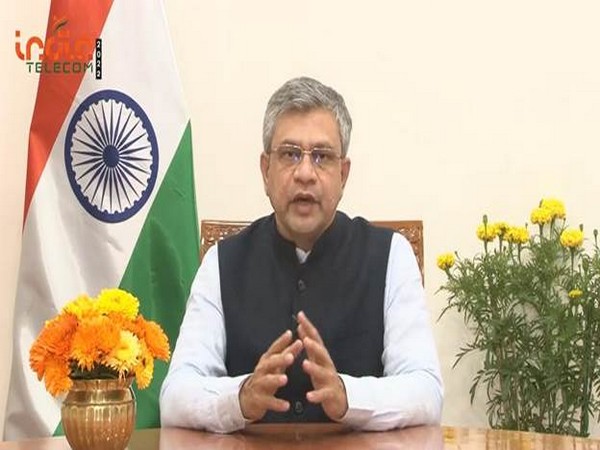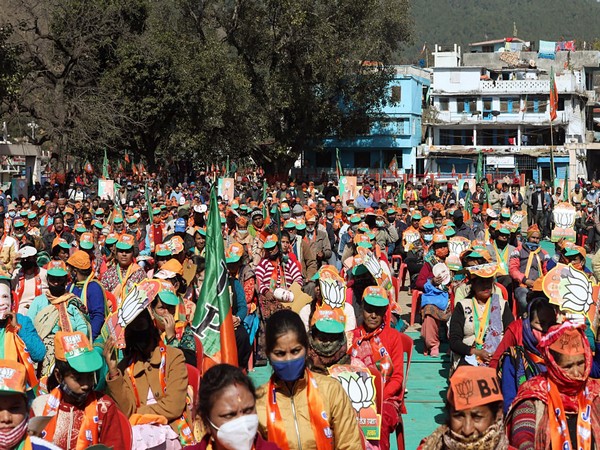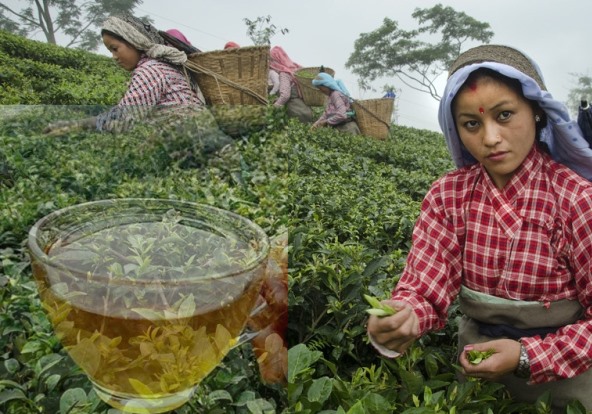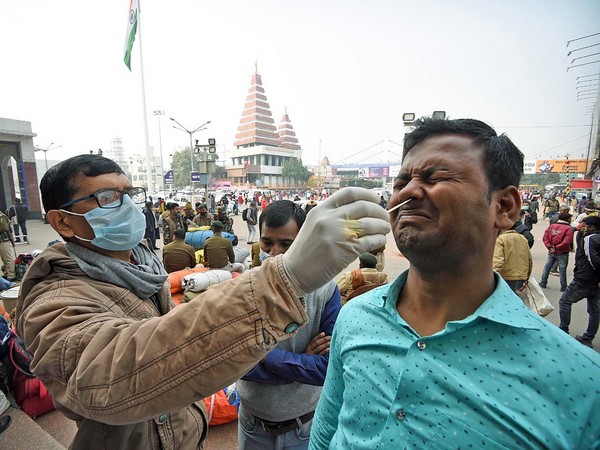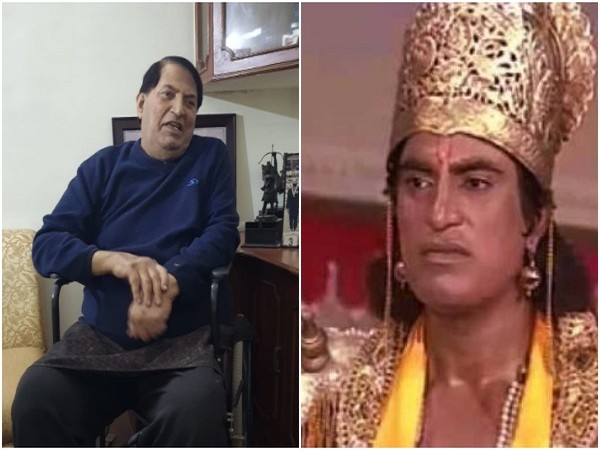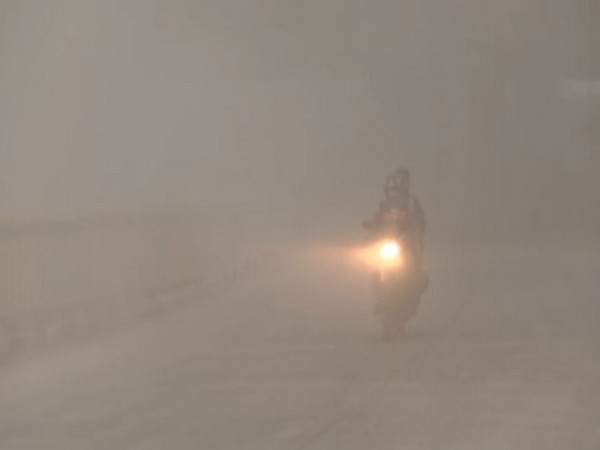The Bharatiya Janata Party (BJP) released its manifesto for the Punjab Assembly polls on Tuesday, promising to entirely waive off the debt of all farmers with less than five acres of land-holdings in the state.
Besides, the party also promised ‘Mehnat Da Pakka Mull’ under which the Minimum Support Price (MSP) for farmers growing fruits, vegetables, pulses, and oilseeds will be guaranteed as part of the Central Governments MSP extension programme.
For sustaining crop diversification and making it more rewarding, the alliance promised a dedicated annual budget of Rs 5,000 crore for agriculture.
As per an official statement from the BJP, Union Minister and BJP in-charge for Punjab Gajendra Singh Shekhawat, along with Shiromani Akali Dal-Sanyukt leader Sukhdev Singh Dhindsa and BJP state general secretary Subash Sharma, said that this was a futuristic manifesto that is set to revolutionise the rural and agricultural economy in Punjab.
The BJP is fighting the Assembly polls in alliance with former Chief Minister Amarinder Singh-led Punjab Lok Congress (PLC) and Sukhdev Singh Dhindsa-led Shiromani Akali Dal (Sanyukt).
The alliance promised that one lakh acres of ‘Shamlat Land’ in the state will be allocated to rural landless farmers for cultivation. Besides, every landless farmer in the state would be given an annual financial assistance of Rs 6,000 under Pradhan Mantri Kisan Sanman Yojana.
For ‘Sustainable Green Revolution’, the manifesto promised an annual budget of Rs 5,000 crore to support Sustainable Agriculture and Organic Farming in the state.
For special emphasis to protect Punjab’s depleting water table, free of cost rainwater harvesting units will be installed. Subsidy will be given for alternative automated and smart irrigation systems, which will help in water conservation. The irrigation department will be investigated for corruption and the corrupt officials will be brought to justice.
To promote dairy farming, an organised milk marketing system shall be developed by establishing milk chilling centres in every village and milk processing units in a cluster of every 30 villages. Veterinary aid centres, artificial insemination and breeding centres will be established in every tehsil.
It promised that subsidies and loans will be provided to women and those belonging to Backward Classes, Scheduled Castes and Economically Weaker Sections to start businesses in Dairy Farming, Poultry Farming and Beekeeping.
The manifesto promised subsidies to agro-based industries under the Prime Minister Employment Generation Programme. Tax Exempted agro-based Industrial Clusters comprising small and medium enterprises shall be formed to attract investment in rural areas. Mega Food Processing Parks will be established also.
To promote rural entrepreneurship, the ‘Samriddh-Pind’ scheme will be launched and funds will be allocated annually to promote rural startups. To promote MSMEs, interest and collateral-free loans will be given to the rural youth with an easy payback mechanism.
To improve the healthcare system in villages, under the ‘Healthy Villages’ scheme, each village will have Aarogya Kendras (clinics) with 24×7 doctor facility and laboratory, in which all kinds of tests can be done.
Availability of ‘108 ambulance’ service will be ensured in all rural areas within 15 minutes. Permanent drivers will be recruited to achieve this endeavour.
Under the ‘Pakki Chhatt – Har Ik Da Haqq’ (Housing for All) scheme permanent houses will be provided to all economically weaker sections of the society.
Under ‘Har Ghar Jal’, clean and safe piped drinking water facilities will be provided to every household.
All villages will have a 24×7 power supply. The government will provide free electricity up to 300 units to each household and above it, the electricity tariff will be Rs 3 per unit for domestic purposes.
High-quality smart schools will be set up in the villages with modern classrooms, computer labs and playgrounds. Annual stipend will be given to EWS and handicapped students and all girls belonging to Scheduled Caste till 10th class.
To promote sports in rural areas, playgrounds will be developed at the village level to encourage youngsters to participate in sports. To promote sportsmanship from the school level, sports kits will be given free of cost to all the registered sports clubs and government schools.
The BJP said that world-class facilities will be provided for grooming international level hockey players. Kabaddi will be encouraged through rural tournaments.
The amount of cash rewards given to medal winners in the important International and National Games will be revised on the lines of Haryana.
Gold Medal winners in Olympics/Paralympics will get Rs 6 crores each, silver medalists Rs 4 crores each, bronze medalists Rs 2.5 crores each and those participating in these events will get Rs 15 lakhs each. Anyone qualifying for these games will get at least Rs 15 lakhs.
For the Asian/ Para Asian Games, it will be Rs 3 crores, Rs 1.5 crores, Rs 75 lakhs and 7.5 lakhs for gold, silver, bronze medal and participation respectively.
For Commonwealth Games/ Para Commonwealth, it will be Rs 1.5 crores, Rs 75 Lakhs, Rs 50 Lakhs and Rs 7.5 Lakhs for gold, silver, bronze medals and participation respectively.
For World Cup/Para World Cup events held once in 4 years, the prize money will be Rs 1.5 Crores, Rs 75 Lakhs, Rs 50 Lakhs and Rs 7.5 Lakhs for gold, silver, bronze medals and participation respectively.
For National Games/ Para National Games the prize money for gold, silver and bronze medals will be 5 Lakhs 3 Lakhs 2 Lakhs respectively, while for the State Level Games it will be Rs 21,000, Rs 10,000 and Rs 5,000 respectively for the gold, silver and bronze medals.
Punjab will go to the polls on February 14 and the counting of votes will take place on March 10.
In the 2017 Assembly polls in the state, Congress won an absolute majority by winning 77 seats and ousted the SAD-BJP government which had been in power for 10 years. (ANI)
